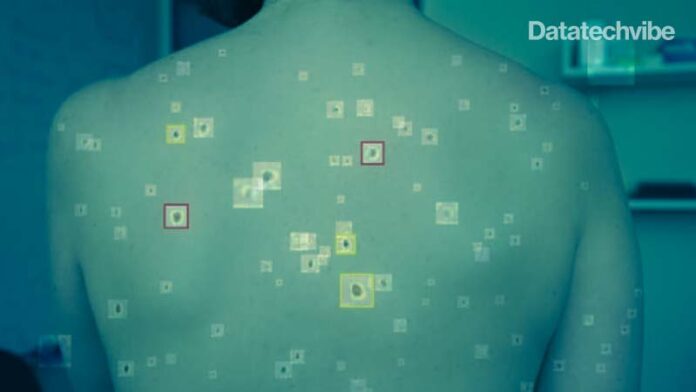Melanoma is a type of skin cancer that begins in cells known as melanocytes. The cancer is dangerous because of its ability to spread to other organs rapidly if not treated early. It is so deadly that cancer is responsible for 70 per cent of all skin cancer-related deaths worldwide.
Usually, physicians use visual inspection tools to detect suspicious pigmented lesions (SPLs), indicating skin cancer. Early identification of SPL can improve melanoma prognosis and significantly reduce treatment costs. However, the challenging task is to find and prioritize SPLs, as the high volume of pigmented lesions often needs to be evaluated for potential biopsies.
MIT scientists have come up with the solution to this. They have developed a new AI pipeline to detect SPLs by using wide-field photography.
To develop this new AI, scientists used deep convolutional neural networks (DCNNs) to identify and screen for early-stage melanoma quickly.
Also Read: Calling out the Possible Risks of 5G
Luis R. Soenksen, a postdoc and a medical device expert, currently acting as MIT’s first Venture Builder in Artificial Intelligence and Healthcare, said, “Early detection of SPLs can save lives; however, the current capacity of medical systems to provide comprehensive skin screenings at scale are still lacking.”
Utilising AI, scientists trained the system using 20,388 wide-field images from 133 patients at the Hospital Gregorio Maranon, in Madrid, just as freely accessible images captured by ordinary cameras that are readily available.
Dermatologists working with the scientists visually checked the images for comparison and found that the system achieved 90.3 per cent sensitivity. It also avoids the need for cumbersome and time-consuming individual lesion imaging.
Along with this AI, scientists also developed a new method to extract intra-patient lesion saliency (ugly duckling criteria or compare the lesions on the skin of one individual that stand out from the rest) based on DCNN features from detected lesions.









